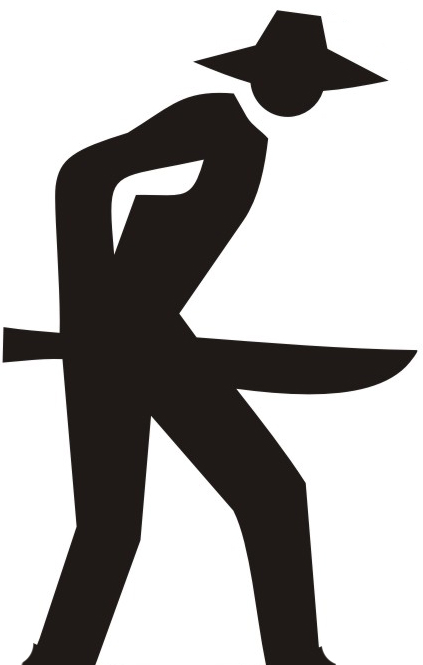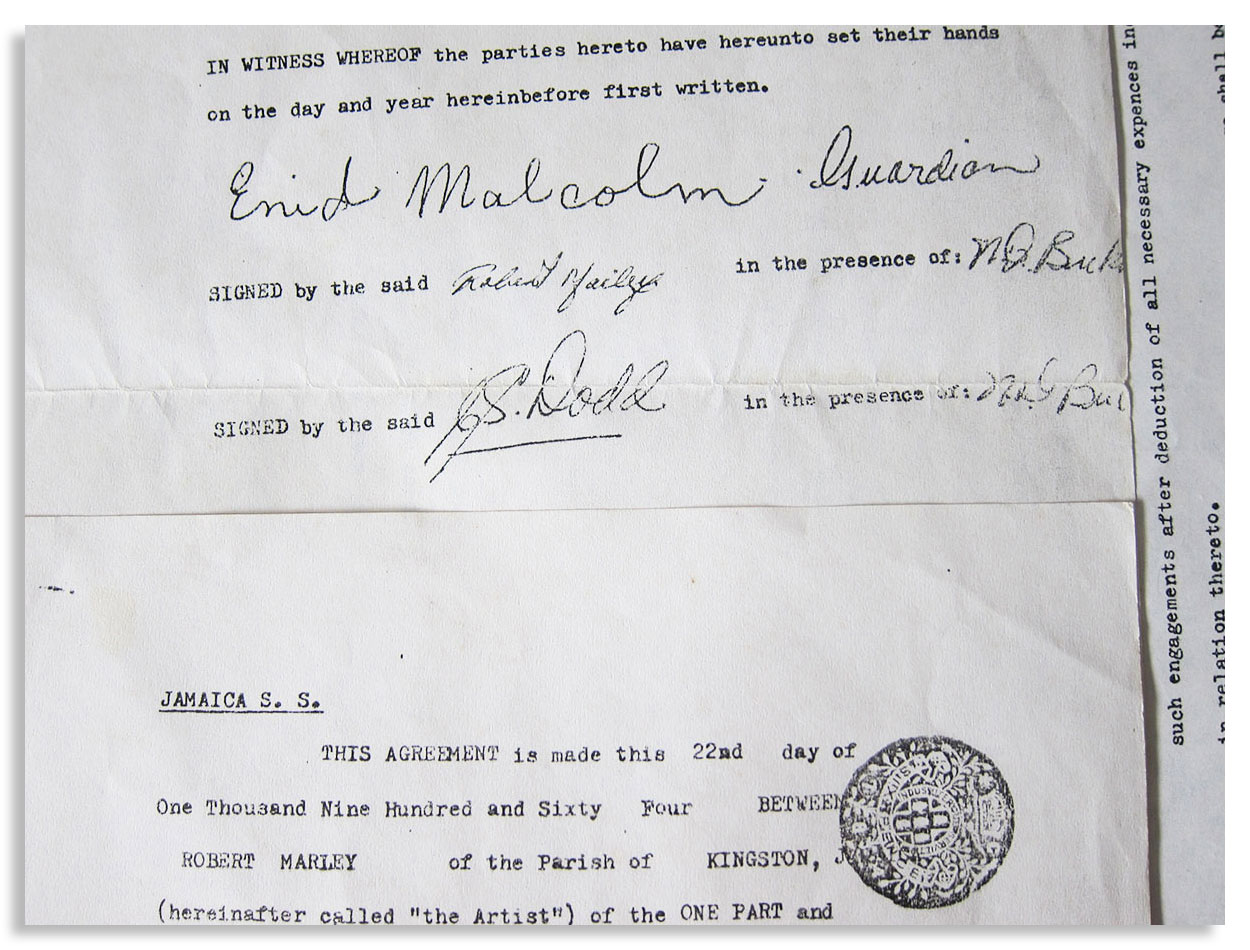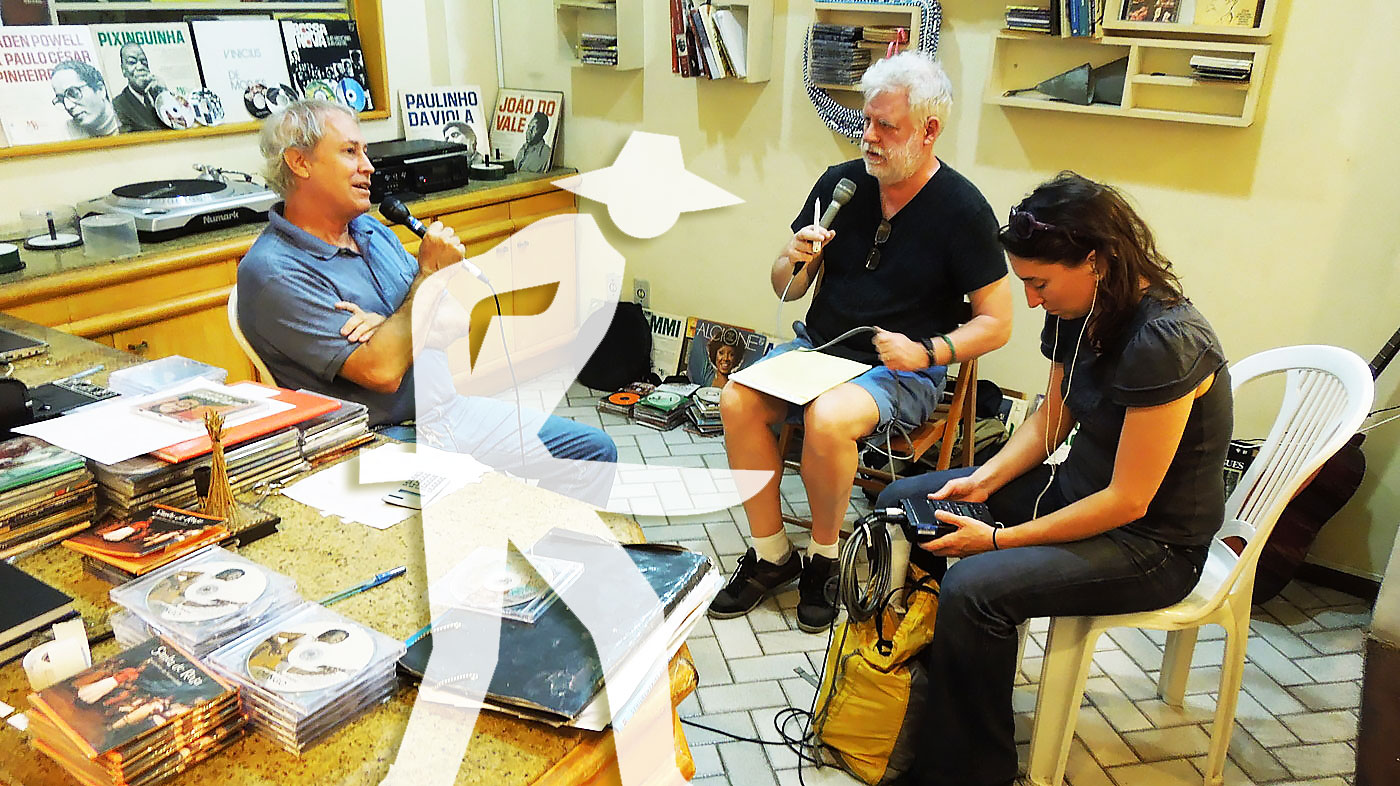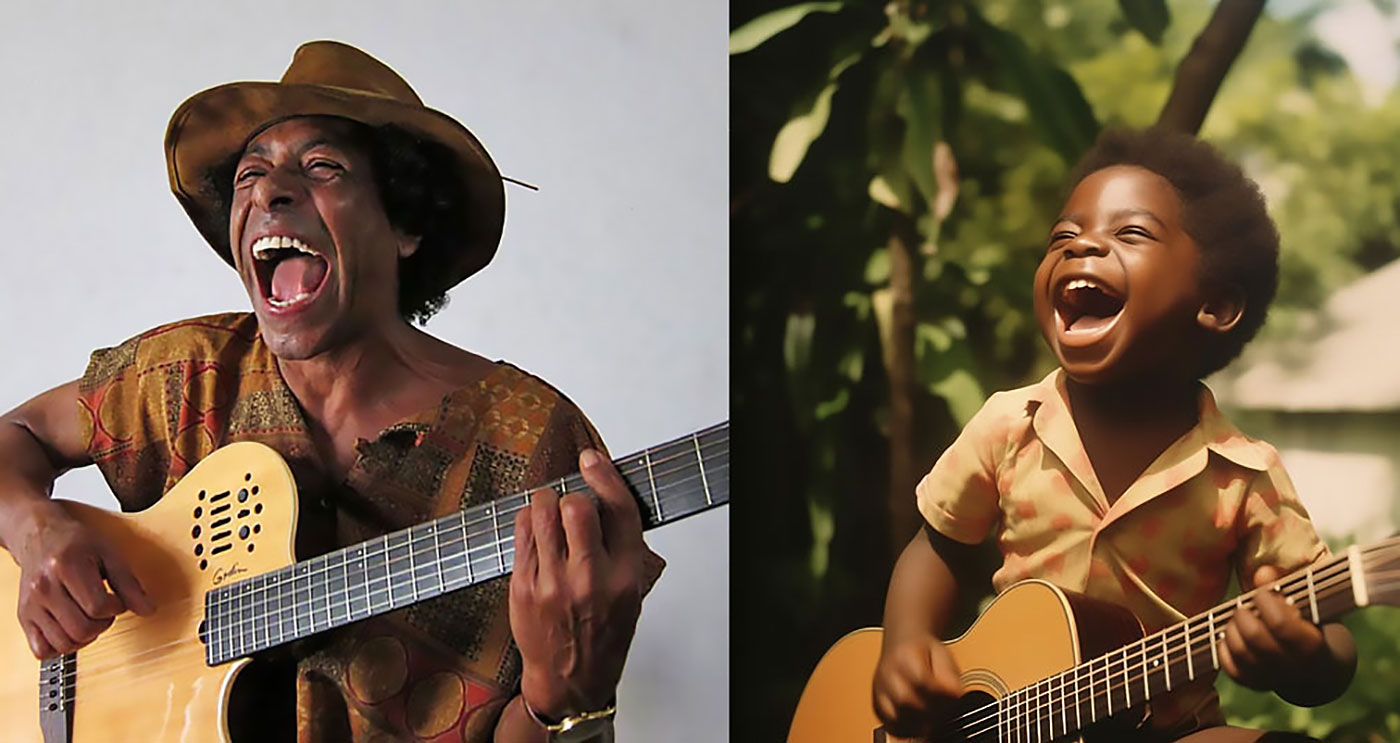CURATION
- from this page: by Augmented Matrix
Network Node
- Name: Jaleel Shaw
- City/Place: New York City
- Country: United States
- Hometown: Philadelphia, Pennsylvania
Current News
-
What's Up?
“... brawny and full-bodied, but capable of quicksilver actions ...”
–Nate Chinen, New York Times
“... plays with seductive melodicism.”
–The Washington Post
“....has a maturity and assuredness in his playing and even more so in his composing that's well beyond his years ...”
–All About Jazz
Life & Work
-
Bio:
Alto & Soprano saxophonist and bandleader, Jaleel Shaw, won the 2014 Downbeat Critics Poll's for Rising Star Alto Saxophonist. He is a longtime member of the Roy Haynes Quartet, Tom Harrell’s “Colors Of A Dream” and has performed with Christian McBride, Jason Moran, the Mingus Big Band, Pat Metheny, Stefon Harris, Roy Hargrove, Chick Corea, Dave Holland, Jimmy Cobb and several others.
Born and raised in Philadelphia, PA, Shaw picked up the alto saxophone and surrounded himself with music at an early age. Immersing himself in the local jazz scene, he studied and performed with many of the city's great musicians and educators and, following high school, received a full-tuition scholarship to attend Berklee College of Music in Boston, MA, where he received a dual degree in Music Education and Performance. While at Berklee, Shaw was awarded the Billboard Endowed Scholarship for Outstanding Academic and Musical achievement (1998), Woodwind Department Chair Awards (1998 & 2000), The Boston Jazz Society Award (1999) and The Outstanding Student Teacher Award (2000). He later received a scholarship to Manhattan School of Music in New York, where he obtained a Masters Degree in Jazz Performance.
Shaw's debut album, Perspective (2005), received rave reviews from The New York Times and Jazzwise Magazine and All About Jazz named the album one of the top five debut albums of 2005; his composition “The Heavyweight Champion” received an ASCAP Young Jazz Composer Award.
In 2006, Jaleel joined the Roy Haynes Quartet and was featured on the legendary drummer’s Grammy-nominated album Whereas. Two years later (2008), Shaw founded his record label, Changu Records, on which he released his second album entitled Optimism. The album received reviews from The New York Times, Downbeat and All About Jazz among others. That same year, he received his second ASCAP Young Composer Award for his composition “The Flipside” and was nominated for the Jazz Journalist Association’s “Up-And-Coming Jazz Artist” award.
Shaw was among the musicians listed in the 2011 JazzTimes Magazine’s Readers Poll for Alto Saxophonist of the Year, sharing the honor with Phil Woods, Lee Konitz, Bunky Green and Kenny Garrett. In 2013, he released his third album of original compositions entitled The Soundtrack of Things to Come (Changu Records). The album features his current working quartet, and has been favorably received by various publications including the New York Times, New York City Jazz Record, and All About Jazz.
Contact Information
- Email: [email protected]
- Contact by Webpage: http://www.jaleelshaw.com/contact
- Telephone: 917-532-8376
Media | Markets
- ▶ Twitter: jaleelshaw
- ▶ Instagram: jaleelshaw
- ▶ Website: http://www.jaleelshaw.com
- ▶ YouTube Channel: http://www.youtube.com/user/jaleelshaw
- ▶ YouTube Music: http://music.youtube.com/channel/UCEUboZDTSfMt2CX2SfJcLhQ
- ▶ Spotify: http://open.spotify.com/album/0tDPw0JBwE9kfzi20tqLGW
- ▶ Spotify 2: http://open.spotify.com/album/2DfyAUItRxGwRc7MxWBW4i
- ▶ Spotify 3: http://open.spotify.com/album/4IC0bcEqou0LnJaV9cCoBI
- ▶ Articles: http://www.jaleelshaw.com/media
My Instruction
- Instruction: http://www.jaleelshaw.com/new-products
Clips (more may be added)
The Matrix is a small world network. Like stars coalescing into a galaxy, creators in the Matrix mathematically gravitate to proximity to all other creators in the Matrix, no matter how far apart in location, fame or society. This gravity is called "the small world phenomenon". Human society is a small world network, wherein over 8 billion human beings average 6 or fewer steps apart. Our brains contain small world networks...
![]() Wolfram MathWorld on the Small World Phenomenon
Wolfram MathWorld on the Small World Phenomenon
![]() Matemática Wolfram sobre o Fenômeno Mundo Pequeno
Matemática Wolfram sobre o Fenômeno Mundo Pequeno
"In a small world, great things are possible."

It's not which pill you take, it's which pathways you take. Pathways originating in the sprawling cultural matrix of Brazil: Indigenous, African, Sephardic and then Ashkenazic, European, Asian... Matrix Ground Zero is the Recôncavo, contouring the Bay of All Saints, earthly center of gravity for the disembarkation of enslaved human beings — and the sublimity they created — presided over by the ineffable Black Rome of Brazil: Salvador da Bahia.
("Black Rome" is an appellation per Caetano Veloso, son of the Recôncavo, via Mãe Aninha of Ilê Axé Opô Afonjá.)
"Dear Sparrow: I am thrilled to receive your email! Thank you for including me in this wonderful matrix."
—Susan Rogers: Personal recording engineer for Prince, inc. "Purple Rain", "Sign o' the Times", "Around the World in a Day"... Director of the Berklee Music Perception and Cognition Laboratory
"Thanks! It looks great!....I didn't write 'Cantaloupe Island' though...Herbie Hancock did! Great Page though, well done! best, Randy"
"We appreciate you including Kamasi in the matrix, Sparrow."
—Banch Abegaze: manager, Kamasi Washington
"This is super impressive work ! Congratulations ! Thanks for including me :)))"
—Clarice Assad: Pianist and composer with works performed by Yo Yo Ma and orchestras around the world
"Dear Sparrow, Many thanks for this – I am touched!"
—Julian Lloyd-Webber: UK's premier cellist; brother of Andrew Lloyd Webber (Evita, Jesus Christ Superstar, Cats, Phantom of the Opera...)
"Thanks, this is a brilliant idea!!"
—Alicia Svigals: World's premier klezmer violinist
Developed here in the Historic Center of Salvador da Bahia ↓ .
![]() Bule Bule (Assis Valente)
Bule Bule (Assis Valente)
"♫ The time has come for these bronzed people to show their value..."
Production: Betão Aguiar
MATRIX MODUS OPERANDI
Recommend somebody and you will appear on that person's page. Somebody recommends you and they will appear on your page.
Both pulled by the inexorable mathematical gravity of the small world phenomenon to within range of everybody inside.
And by logical extension, to within range of all humanity outside as well.
MATRIX (PARDAL)
I'm Pardal here in Brazil (that's "Sparrow" in English). The deep roots of this project are in Manhattan, where Allen Klein (managed the Beatles and The Rolling Stones) called me about royalties for the estate of Sam Cooke... where Jerry Ragovoy (co-wrote Time is On My Side, sung by the Stones; Piece of My Heart, Janis Joplin of course; and Pata Pata, sung by the great Miriam Makeba) called me looking for unpaid royalties... where I did contract and licensing for Carlinhos Brown's participation on Bahia Black with Wayne Shorter and Herbie Hancock...
...where I rescued unpaid royalties for Aretha Franklin (from Atlantic Records), Barbra Streisand (from CBS Records), Led Zeppelin, Mongo Santamaria, Gilberto Gil, Astrud Gilberto, Airto Moreira, Jim Hall, Wah Wah Watson (Melvin Ragin), Ray Barretto, Philip Glass, Clement "Sir Coxsone" Dodd for his interest in Bob Marley compositions, Cat Stevens/Yusuf Islam and others...
...where I worked with Earl "Speedo" Carroll of the Cadillacs (who went from doo-wopping as a kid on Harlem streetcorners to top of the charts to working as a janitor at P.S. 87 in Manhattan without ever losing what it was that made him special in the first place), and with Jake and Zeke Carey of The Flamingos (I Only Have Eyes for You)... stuff like that.

Yeah this is Bob's first record contract, made with Clement "Sir Coxsone" Dodd of Studio One and co-signed by his aunt because he was under 21. I took it to Black Rock to argue with CBS' lawyers about the royalties they didn't want to pay (they paid).
MATRIX MUSICAL
I built the Matrix below (I'm below left, with David Dye & Kim Junod for U.S. National Public Radio) among some of the world's most powerfully moving music, some of it made by people barely known beyond village borders. Or in the case of Sodré, his anthem A MASSA — a paean to Brazil's poor ("our pain is the pain of a timid boy, a calf stepped on...") — having blasted from every radio between the Amazon and Brazil's industrial south, before he was silenced. The Matrix started with Sodré, with João do Boi, with Roberto Mendes, with Bule Bule, with Roque Ferreira... music rooted in the sugarcane plantations of Bahia. Hence our logo (a cane cutter).
A Massa (do povo carente) / The Masses (of people in need)

-
Add to my PlaylistA Massa - Raymundo Sodré (7,093 plays)
-
Add to my PlaylistSina de Cantador - Raymundo So... (6,909 plays)
-
Add to my PlaylistMagnetismo - Raymundo Sodré ... (6,353 plays)
-
Add to my PlaylistSacando a Cana - Raymundo Sodr... (5,957 plays)
-
Add to my PlaylistMêrêrê - Raymundo Sodré (5,465 plays)
-
Add to my PlaylistJardim do Amor - Raymundo Sodr... (4,677 plays)
-
Add to my PlaylistDebaixo do Céu - Raymundo Sodr... (4,151 plays)
-
Add to my PlaylistDesejo de Amar - Raymundo Sodr... (3,861 plays)
-
Add to my PlaylistOração pra Yá Oxum - Raymundo ... (3,741 plays)
-
Add to my PlaylistYá África - Raymundo Sodré (3,509 plays)
-
Add to my PlaylistMeu Rio, Cadê o Papel - Raymun... (3,177 plays)
-
Add to my PlaylistCasa de Trois - Raymundo Sodré... (2,896 plays)
-
Add to my PlaylistMulher é Laço que Prende o Coração do Vaqueiro - R... (2,556 plays)




























































































































































































































































































































































































































































